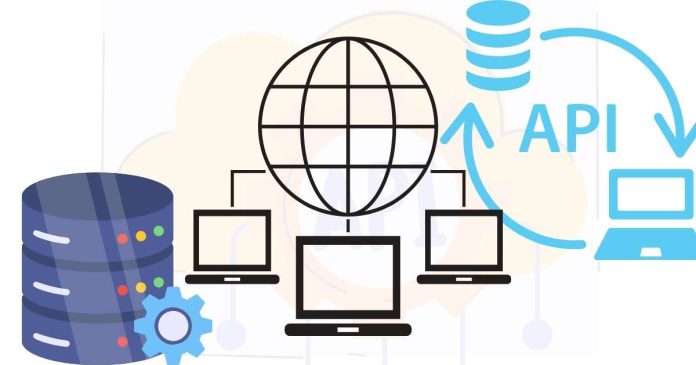When building or working with web APIs, you may have come across the terms REST and RESTful. While they are closely related, they are not interchangeable. Let’s break down what each term means and how they differ.
What is REST?
REST (Representational State Transfer) is an architectural style for designing distributed systems and web services. It was introduced by Roy Fielding in his 2000 doctoral dissertation and provides a set of constraints for creating scalable, stateless, and resource-oriented systems.
Key Principles of REST
Statelessness
Every client request to the server must contain all the information needed to process it. The server does not store any session data between requests.
Uniform Interface
Resources are identified using unique URIs (e.g., /users/123) and are manipulated using standard HTTP methods:
GET: Retrieve data.
POST: Create new resources.
PUT: Update existing resources.
DELETE: Remove resources.
Client-Server Separation
The client and server operate independently. The server provides resources, while the client handles the presentation.
Cacheable
Responses should indicate whether they are cacheable to improve performance.
Layered System
Intermediaries like proxies or load balancers can sit between the client and server without affecting the system.
In summary, REST is a conceptual framework or set of principles used to design APIs.
What is RESTful?
RESTful refers to systems, APIs, or web services that adhere to the principles of REST. If an API implements these principles, it can be called a RESTful API.
Features of a RESTful API
Resources are accessed via endpoints (URIs). For example:
/users: Represents all users.
/users/123: Represents a specific user with ID 123.
HTTP methods are used to perform actions on resources.
Responses use standardized status codes:
200 OK: Request was successful.
201 Created: Resource was successfully created.
404 Not Found: Resource does not exist.


